
3D Site Plans – Complete Rendering Guide
Before a single foundation is poured or a wall takes shape, every construction project begins with one thing – a plan. But while traditional blueprints show dimensions, 3D site plans
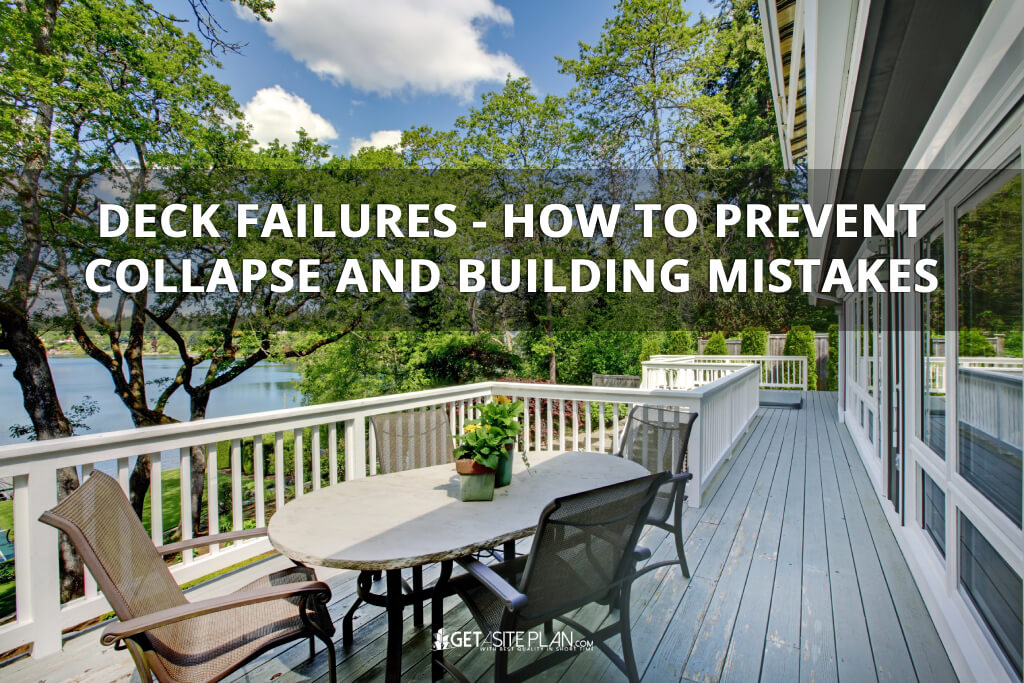

Contributing Writer | Architecture & Design Writer
Decks are famous outdoor extensions of the home that provide a more valuable space for living and enjoying everyday life and help enhance the property’s aesthetics and functionality. They need to be adequately built to ensure a long and durable life. Although trendy, it’s essential to know that decks are exposed to various factors that can cause problems over time and lead to failures.
To avoid any kind of damage, it’s crucial to understand the fundamentals of deck construction. In the following text, we’ll find out what causes deck failures, which signs tell us that there’s something wrong with our deck, and how to create and maintain a safe and enjoyable outdoor deck space without worrying it will collapse.
Table of Contents
Toggle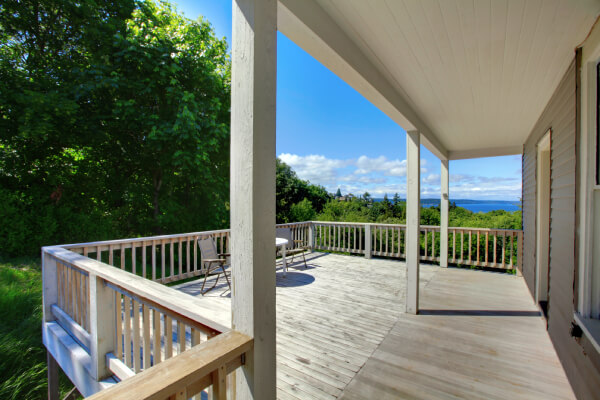
One of the typical questions when discussing decks and deck failures is what causes a deck to fall in the first place. Causes of deck failures are numerous, and some include structural issues, construction mistakes, material deterioration, inadequate maintenance, different design flaws, foundation issues, and overloading.
Here are the top 10 most common reasons for deck failures:
Ignoring and not respecting building codes and regulations can cause a lot of mistakes during the construction project, which can cause a deck to collapse. Almost every city in the USA requires a building permit for a building process. A deck building permit is crucial for a safe and smooth construction process. To get a permit, you will need a detailed site plan for your deck to ensure that your deck building plan meets all local building codes and regulations.
The ledger board needs to be secured in a way that can never be pulled away from the house and collapsed. Some of the mistakes can include nailing the ledger board to the house, using lag bolts to anchor the ledger board, and using fasteners that don’t offer decades of corrosion resistance.
The safest decks are the ones without posts where the joists just rest on a concrete-grade beam. Most decks are raised four or more feet off the ground, and at the end of the deck, away from the house, you’ll see a beam that the deck joists rest upon. That beam, in turn, has to be supported by posts that extend down to the ground. If the beam isn’t connected to the posts in the right way, the beam can rotate and fall off the posts. This type of mistake can result in the deck collapsing.
Many mistakes can happen when using the incorrect deck fasteners. No matter how you secure your decking, you must use corrosive-resistant deck fasteners. Many of them have inferior, thin, electroplated galvanized coatings.
Deck joist spacing is essential, especially when using composite decking. This type of failure doesn’t cause a whole deck to collapse but causes other damage. Composite decking spacing ensures that the decking boards won’t sag over time.
You should be able to get on and off your deck safely anytime without anything stopping your way. You need easy access to it, so the pathway on the deck should always be clear.
Mandatory safety features include deck handrails and guardrails. The building code dictates how handrails must be installed and how strong they should be. Ground-level decks usually don’t need handrails, but it’s always a good idea to have them. Proper installations are necessary for no loose deck railing to ensure safety. From a design standpoint, railings are often forgotten during the design phase of deck building. That is a mistake because railings are one of the most expensive factors during the building process, so it’s essential to see all options regarding them early in the process. They have a vast visual and functional aspect that adds to your home and reflects your style.
A place where all the deck weight is distributed is called a deck post footer. Different soils have different strengths. Some are so weak that you can push a stick down into them, while some are hard and strong, like a rock.
Choosing a material is very important and should be done early in the planning process. Not all decking is installed the same way, and how you frame your deck depends on the actual decking.
Deck flashing is often installed improperly or not at all, which can cause problems. They are crucial for capturing water and redirecting it to the outer skin of the house. Flashing can be made from solid copper, zinc-coated steel, and rubberized synthetic membranes.
Understanding these mistakes is crucial for homeowners and builders. Addressing these potential mistakes makes it possible to minimize the risks of deck failure and secure an outdoor space that is safe for leisure and enjoyment.
Now that we know some of the different causes of deck failures let’s see how we can solve deck mistakes so we can prevent them from falling.
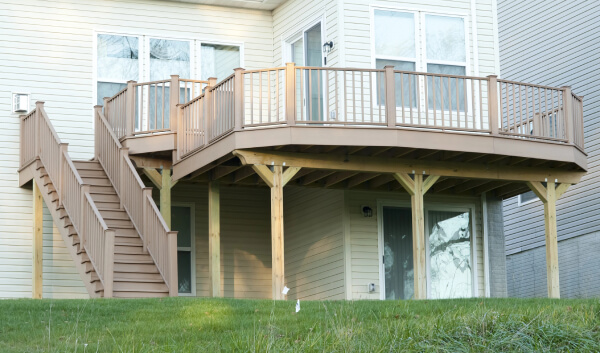
As we said, decks are an excellent addition to outdoor space, but over time, they can get different issues that can lead to potential failures. It’s crucial to address these failures adequately, so in the following text, we’ll explore effective solutions for common deck problems.
By understanding these challenges, homeowners can ensure a safe and enjoyable outdoor space that will last very long.
Now that we’ve explored different solutions for addressing already existing failures, let’s discuss preventive measures that can be taken to avoid any potential issues or mistakes regarding the safety of your deck.

Preventing a deck from collapsing requires careful and detailed planning, proper construction that follows building codes, and regular maintenance. To avoid deck collapse and injury, be sure always to follow this checklist to ensure your deck safety:
Regular inspections of these structural elements will reduce the risk of deck falling. Besides this, always consult with experts to get professional design and planning regarding your project and deck safety.
Try to use high-quality materials that are durable and suitable for outdoor use. Be sure that all the materials you’re using are meeting industry standards.
Weight limitation is significant because not all decks can handle the same weight. Exceeding the weight limit can compromise structural integrity, so always adhere to and respect limitations to prevent a deck from failing.
Be sure to have adequate airflow beneath the deck to prevent moisture. Moisture can cause wood to decay, leading to a weakened deck. With proper ventilation, you will expand your deck’s life.
A fire can damage the deck heavily, so if you have outdoor cooking equipment, such as barbeque or fire pits, you must maintain a safe distance and follow fire safety guidelines.
The key to preventing a deck from falling is to have frequent checkups and look for signs of sagging instability or visible damage. This way, you’ll avoid long-term issues.
Now that we’ve established solutions for common deck failures, let’s explore some tips if the mistakes are too critical and you decide it’s better to build a new deck or deck railing.
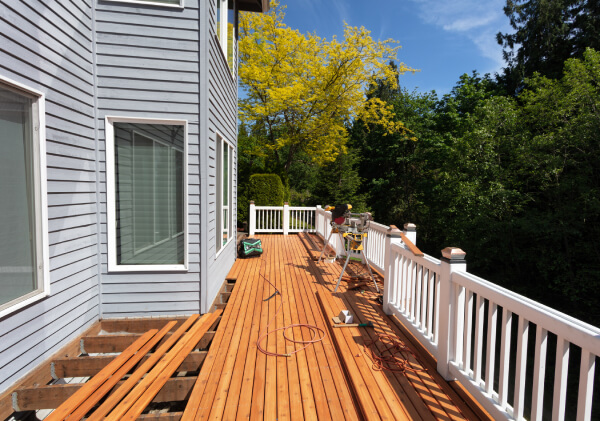
Due to the deck collapsing, if you decide to get a new deck or a deck railing, be sure that you hire professionals who will do their job right and ensure the deck’s structural stability.
If you’re wondering how you can assess if the building contractor is doing his job correctly, here are the top 3 expert tips:
Hiring a professional to get a new deck or deck railing ensures a structurally safe outdoor space that will add value to your property.
Remember these tips to help you decide on your new deck or deck railing project since the cost of deck replacement is not small.
Ensuring the safety of a deck requires a good construction and maintenance approach. When we adhere to proper building practices, use quality materials, and have regular inspections, we can reduce the risk of any potential structural failures. Building a deck can be a demanding experience, but with knowledge about common mistakes, you can prevent deck failures. Make sure you are adequately prepared, and if any problems occur, you can deal with them better and build safer in the future.
For more information on the cost of building a new deck, like material expenses, labor fees, and any additional costs, be sure to check out everything about deck building costs.
If you need some design help for your newly built deck, check out some deck ideas that will elevate your outdoor space aesthetically and make it more functional.
Learn more about our contributor:

Contributing Writer | Architecture & Design Writer
During my career, I’ve written articles on interior design, home remodeling, and renovation with an emphasis on money-saving tips and DIY ideas. It’s been a rewarding journey and I am thrilled to continue helping others bring their architectural visions to life.

Before a single foundation is poured or a wall takes shape, every construction project begins with one thing – a plan. But while traditional blueprints show dimensions, 3D site plans

Many homeowners start landscaping projects without realizing some require permits. A landscape permit helps ensure compliance with local codes, protects the environment, and prevents drainage or structural problems. Whether you
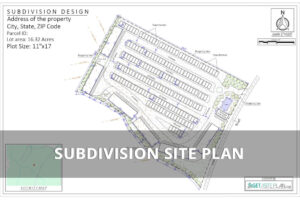
Picture standing over a blueprint that shows the future of your land – where roads will curve, how each lot will breathe, where every pipe, fence, and tree will fit.